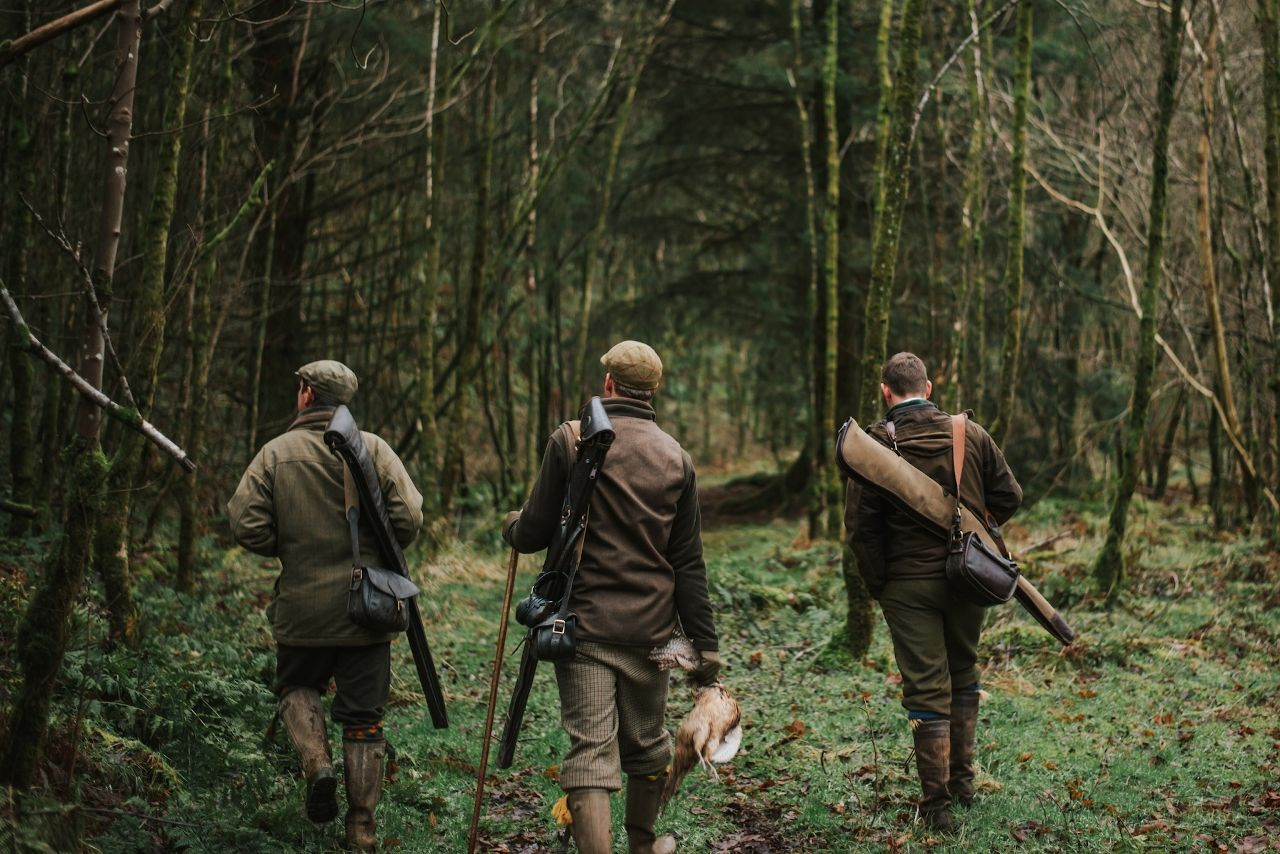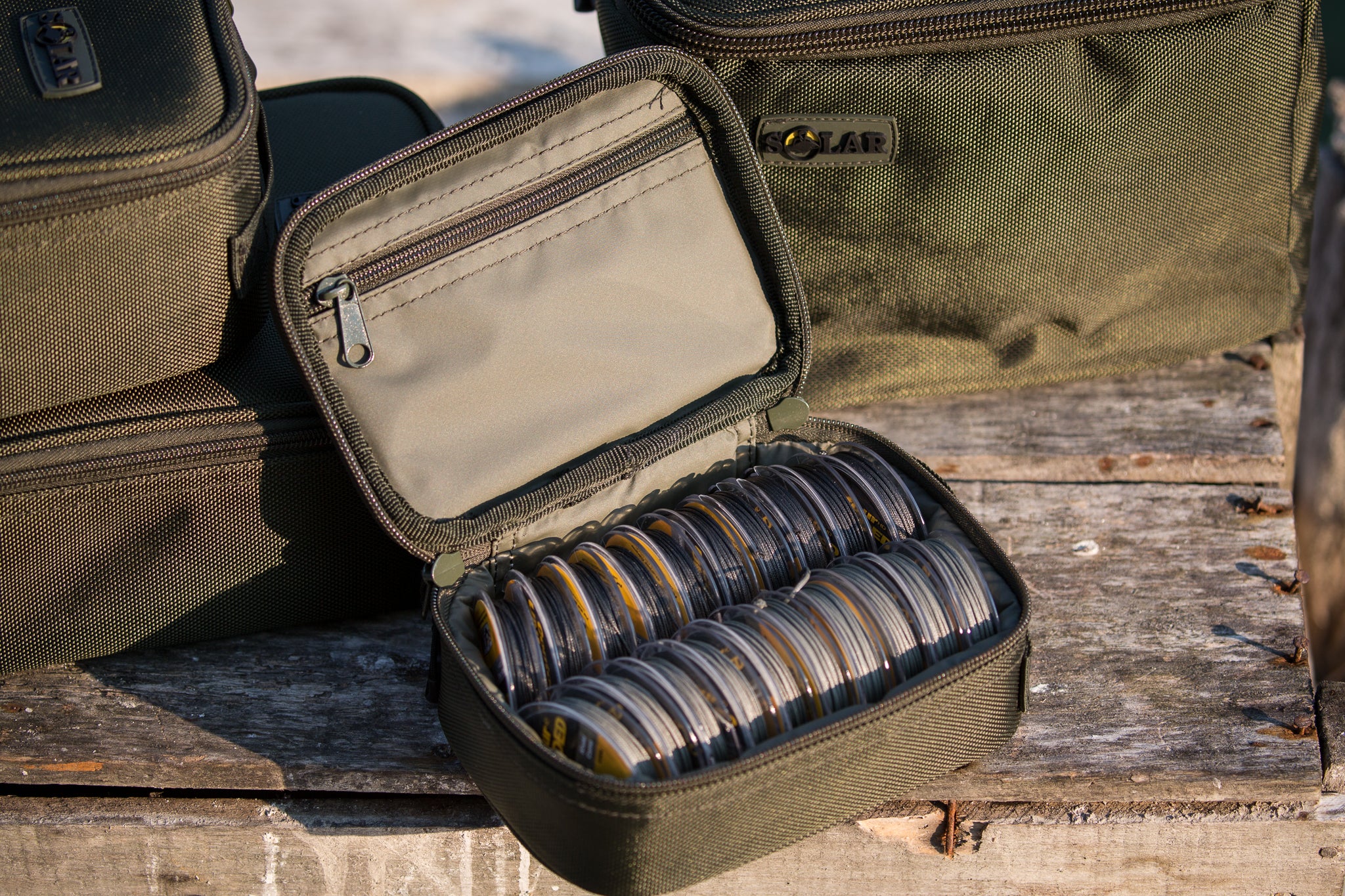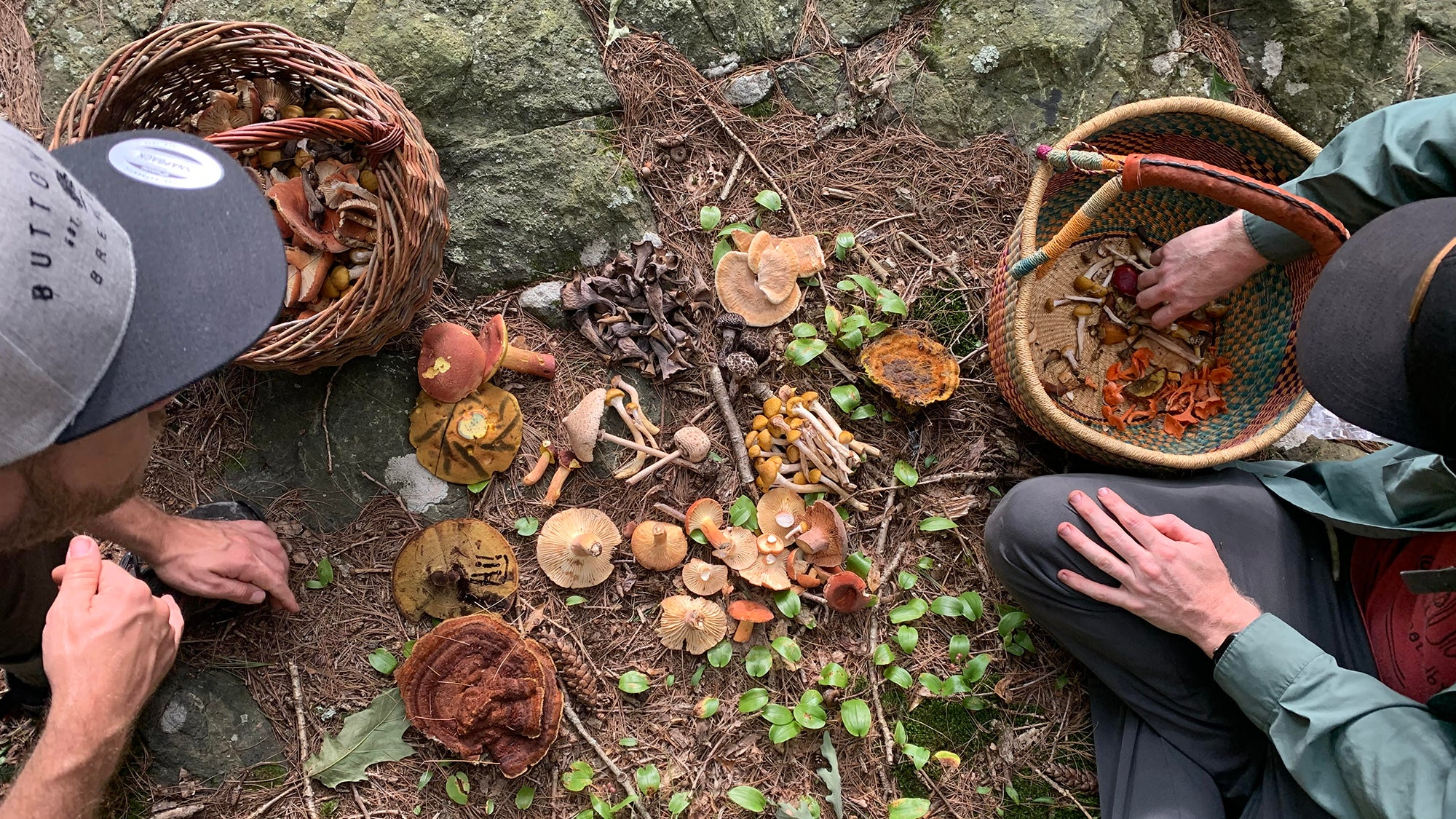Spring foraging: a guide to mushroom hunting from March to May
As the frost of winter gives way to the gentle warmth of spring, nature awakens in vibrant splendor. Among the treasures that emerge during this time, wild mushrooms are a favorite for foragers. With their unique flavors and textures, spring mushrooms offer a delightful reward for those willing to explore forests, fields, and shaded meadows.
If you're eager to embark on a springtime adventure, this guide will help you identify, locate, and enjoy some of the best mushrooms of the season.
Spring foraging: a guide to mushroom hunting from March to May
Why spring is ideal for mushroom hunting
Spring provides the perfect conditions for mushroom growth:
- Moisture: Rain showers saturate the ground, creating a damp environment essential for fungi to thrive.
- Mild temperatures: Warm days and cool nights encourage the fruiting of mushrooms.
- Decaying plant matter: The remnants of fall leaves and winter debris offer rich nutrients for fungi.
Top spring mushrooms to forage
1. Morels (Morchella spp.)
- Appearance: Honeycomb-like caps in shades of tan, brown, or black.
- Where to find: Deciduous forests, near ash, elm, or apple trees, and recently disturbed areas like burn sites.
- When to forage: Mid-March to late May, depending on the region.
- Tip: Morels are prized for their nutty flavor and meaty texture. Always cook them before eating.
2. Oyster mushrooms (Pleurotus ostreatus)
- Appearance: Fan-shaped caps in white, gray, or light brown, growing in clusters.
- Where to find: Dead or dying hardwood trees, particularly beech and aspen.
- When to forage: Early spring, especially after rainy periods.
- Tip: Their mild, savory taste makes them versatile in cooking.
3. Chicken of the woods (Laetiporus spp.)
- Appearance: Bright yellow-orange shelf-like clusters.
- Where to find: On decaying hardwoods, like oak or chestnut trees.
- When to forage: Late spring to early summer.
- Tip: This mushroom’s chicken-like texture is excellent in stir-fries and soups.
4. Wood aar (Auricularia auricula-judae)
- Appearance: Gelatinous, ear-shaped fungi with a reddish-brown color.
- Where to find: On elder trees and other hardwoods.
- When to forage: Early spring, especially in damp areas.
- Tip: Common in Asian cuisine, wood ear mushrooms add a unique texture to dishes.
5. Spring Amanita (Amanita velosa)
- Appearance: Pale pink to peach-colored caps with a smooth surface.
- Where to find: Coastal forests and grassy areas.
- When to forage: March to May in regions with Mediterranean climates.
- Caution: Only for experienced foragers, as some Amanitas are deadly.
Foraging tips for a successful hunt
- Research and identify: Familiarize yourself with the appearance and habitat of spring mushrooms. Carry a mushroom field guide or use a reliable app.
-
Bring the right gear:
- A basket for collecting (mushrooms need airflow).
- A small knife for cutting stems.
- A brush to clean debris.
- Check the weather: Forage after a rain, as mushrooms often appear within a day or two of wet conditions.
- Go early: Morning foraging reduces competition and increases the chances of finding fresh mushrooms.
-
Stay safe:
- Only consume mushrooms you’re 100% certain are edible.
- Avoid areas treated with pesticides or pollutants.
Sustainable foraging practices
- Harvest responsibly: Take only what you need, leaving some mushrooms to continue their lifecycle.
- Avoid overharvesting: Respect nature and ensure the ecosystem remains balanced for future growth.
- Leave no trace: Clean up any trash and tread lightly to minimize impact.
Cooking with spring mushrooms
Once you’ve gathered your mushrooms, cleaning and cooking them properly is essential. Rinse them gently to remove dirt, and pat them dry. Spring mushrooms pair beautifully with seasonal vegetables, pasta, or simply sautéed in butter with garlic and herbs.

Best regions for spring foraging
Some areas are particularly abundant in spring mushrooms:
- Pacific Northwest: Known for its morels and oysters.
- Midwest: Excellent for morels in woodlands and riverbanks.
- Southeast: Offers a variety of mushrooms, including chicken of the woods.
- Northeast: Thrives with wood ear and other hardwood-loving fungi.
Conclusion
Spring foraging is a rewarding experience, blending the joy of outdoor exploration with the satisfaction of discovering nature’s edible treasures. With a keen eye, proper preparation, and respect for the environment, you can enjoy the bounty of mushrooms from March to May.
Happy hunting, and may your basket be filled with the season’s finest fungi!























